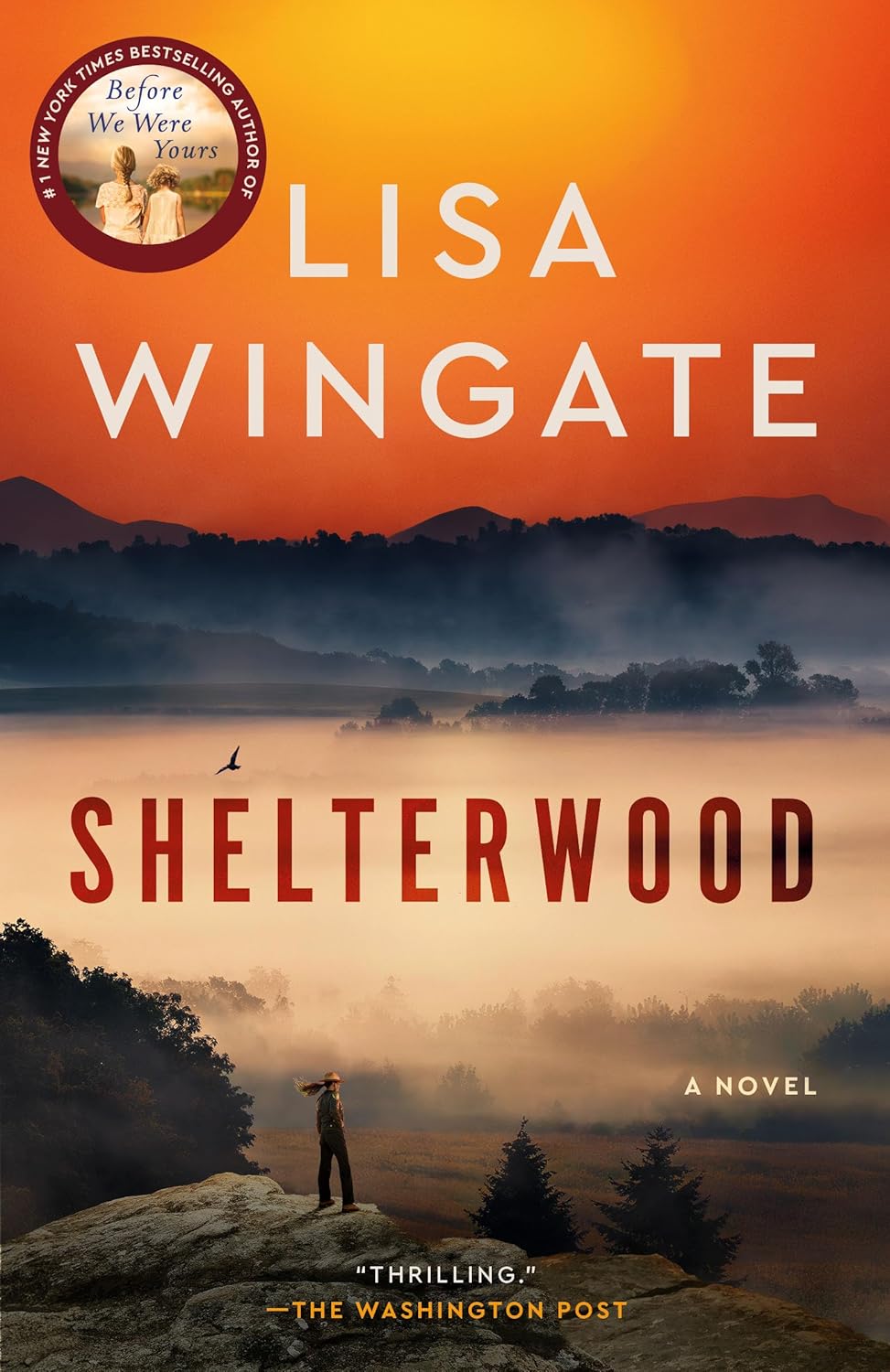
This month my book club met to discuss Kathryn Stockett’s bestseller, THE HELP. Two members nominated it in our last round of book-choosing (that has never happened before) so we were all expecting it to be really good. This book seems to be everywhere right now! Several of our members were approached in the salon while reading it; people wanted to say either that they loved the book or that they couldn’t wait to read it. These comments from complete strangers definitely added to our high expectations.
Eight members of the club got together over brunch on a lovely, Spring-y Saturday afternoon and we jumped right in to our discussion of the book …
We all agreed that Stockett did a wonderful job with most of her characters, especially Aibileen and Hilly. Some of us felt that Skeeter’s character needed “something more” to make her completely believable, and we all wanted to see more about Celia (who we loved!)
As the conversation continued, we realized that we each had different perceptions of racism based on where we were raised. The women who were raised in Northern states felt that racism today is a far cry from what is described in the book; they view modern racism as an underlying current rather than an in-your-face reality. Those raised in Southern states disagreed. One gal shared that in her Southern hometown the local high school still has separate proms – one run by the school and one run by a parent committee – and that students understand implicitly which one they are to attend, based on their race. This was absolutely shocking to some members while others had heard of this practice. Our discussion then detoured to the current trend of racism toward people of Hispanic and Middle Eastern descent before we pulled the conversation back to the book.
We went on to discuss some of the historical events going on around that time (the murder of Medgar Evers, the murder of the New York Civil Rights workers in Mississippi, and so on) and how we expected more violence to be present in the book. We discussed whether this absence was a strength or a weakness (ie. Did Stockett cop out?), but we didn’t really come to a solid conclusion.
My club rates the books we read on a scale of 1-10 (10 being the highest). Each member uses her own criteria and usually compares the current book to others we’ve read. This book received an 8 from almost every member – it was definitely a hit with my club.
I didn’t think of this ahead of time, but this would have been a great book to pair up with a non-fiction account of the Civil Rights movement in the South. That would have given an entirely new dimension to the discussion, don’t you think?
-- Heather Johnson, Regular Contributor
Eight members of the club got together over brunch on a lovely, Spring-y Saturday afternoon and we jumped right in to our discussion of the book …
We all agreed that Stockett did a wonderful job with most of her characters, especially Aibileen and Hilly. Some of us felt that Skeeter’s character needed “something more” to make her completely believable, and we all wanted to see more about Celia (who we loved!)
As the conversation continued, we realized that we each had different perceptions of racism based on where we were raised. The women who were raised in Northern states felt that racism today is a far cry from what is described in the book; they view modern racism as an underlying current rather than an in-your-face reality. Those raised in Southern states disagreed. One gal shared that in her Southern hometown the local high school still has separate proms – one run by the school and one run by a parent committee – and that students understand implicitly which one they are to attend, based on their race. This was absolutely shocking to some members while others had heard of this practice. Our discussion then detoured to the current trend of racism toward people of Hispanic and Middle Eastern descent before we pulled the conversation back to the book.
We went on to discuss some of the historical events going on around that time (the murder of Medgar Evers, the murder of the New York Civil Rights workers in Mississippi, and so on) and how we expected more violence to be present in the book. We discussed whether this absence was a strength or a weakness (ie. Did Stockett cop out?), but we didn’t really come to a solid conclusion.
My club rates the books we read on a scale of 1-10 (10 being the highest). Each member uses her own criteria and usually compares the current book to others we’ve read. This book received an 8 from almost every member – it was definitely a hit with my club.
I didn’t think of this ahead of time, but this would have been a great book to pair up with a non-fiction account of the Civil Rights movement in the South. That would have given an entirely new dimension to the discussion, don’t you think?
-- Heather Johnson, Regular Contributor







